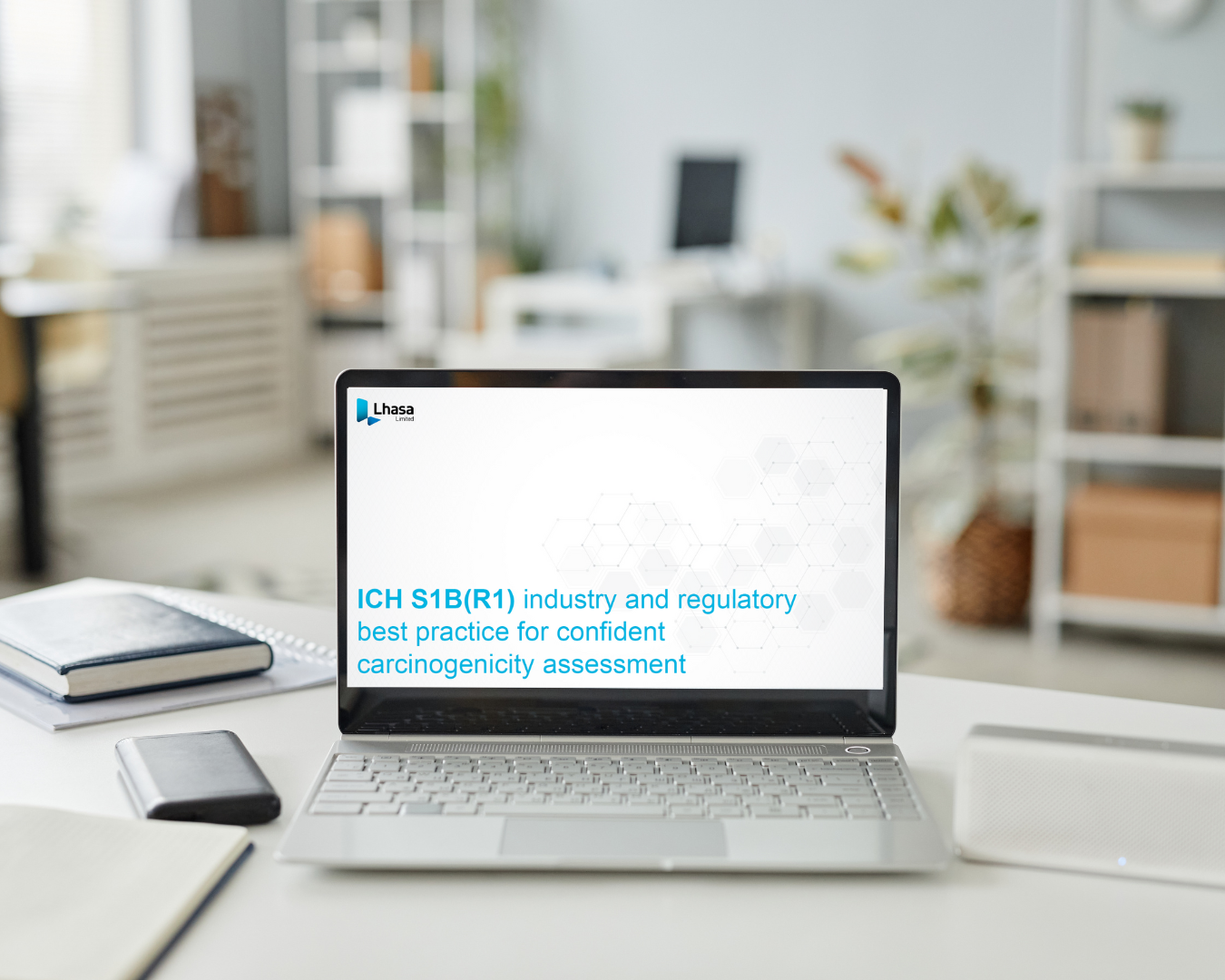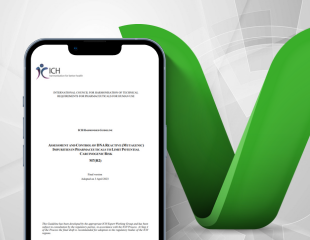New approach methodologies (NAMs) are non-animal methods – including in chemico/in vitro assays and in silico predictions – which are increasingly being used to assess the safety of cosmetic ingredients and products. A next generation risk assessment (NGRA) framework for skin sensitisation has recently been developed, and case studies highlighting the role of NAMs, defined approaches (DAs) data and read-across (RAx) for regulatory purposes are becoming more prevalent.
DAs combine NAMs for skin sensitisation and consist of a fixed selection of information sources which are integrated using a set data interpretation procedure. In terms of skin sensitisation, they provide a qualitative output of whether a chemical is classified as a skin sensitiser/non-sensitiser, and in some cases, can also provide categorical potency information.
In 2015, Kao Corporation, a Japanese chemical and cosmetic company, developed a testing strategy for predicting skin sensitising potential and determining potency sub-classification of chemicals by using three key information sources; h-CLAT (an in vitro assay), DPRA (an in chemico assay) and Derek Nexus (an in silico toxicity prediction). This pioneering DA was subsequently included in OECD Guideline No. 497 – the first ever guideline to recommend the use of a combination of non-animal methods to predict whether a chemical can cause skin allergies.
In Kao’s recently published article in Regulatory Toxicology and Pharmacology, ‘Incorporating integrated testing strategy (ITSv1) defined approach into read-across (RAx) in predicting skin sensitization potency: ITSv1-based RAx’, they highlight the further potential and possibilities of this DA. Kao have developed a novel strategy which combines ITSv1 with read-across (ITSv1-based RAx) to refine the prediction of skin sensitisation potency for use within a next generation risk assessment.
Used as a data gap filling technique and to support a weight-of-evidence risk assessment, read-across is an effective approach for identifying relevant information from suitable analogue chemicals. The study carried out by Kao shows that when ITSv1 is used in combination with read-across, a point of departure can be derived with a high level of confidence by using the existing potency information available for analogues which display a similar biological response to the chemical in question.
Read the full publication to find out how ITSv1-based RAx performs when using a common fragrance material, lilial, as a case study.
Visit our skin sensitisation page to discover how Derek Nexus, combined with DPRA and h-CLAT outcomes, can inform potency as part of the ITSv1 defined approach.
If you already perform read-across to assess the sensitisation potential of chemicals, we’d love to ask you some questions, please get in touch or reach out to us at hello@lhasalimited.org.
Last Updated on January 25, 2024 by lhasalimited



